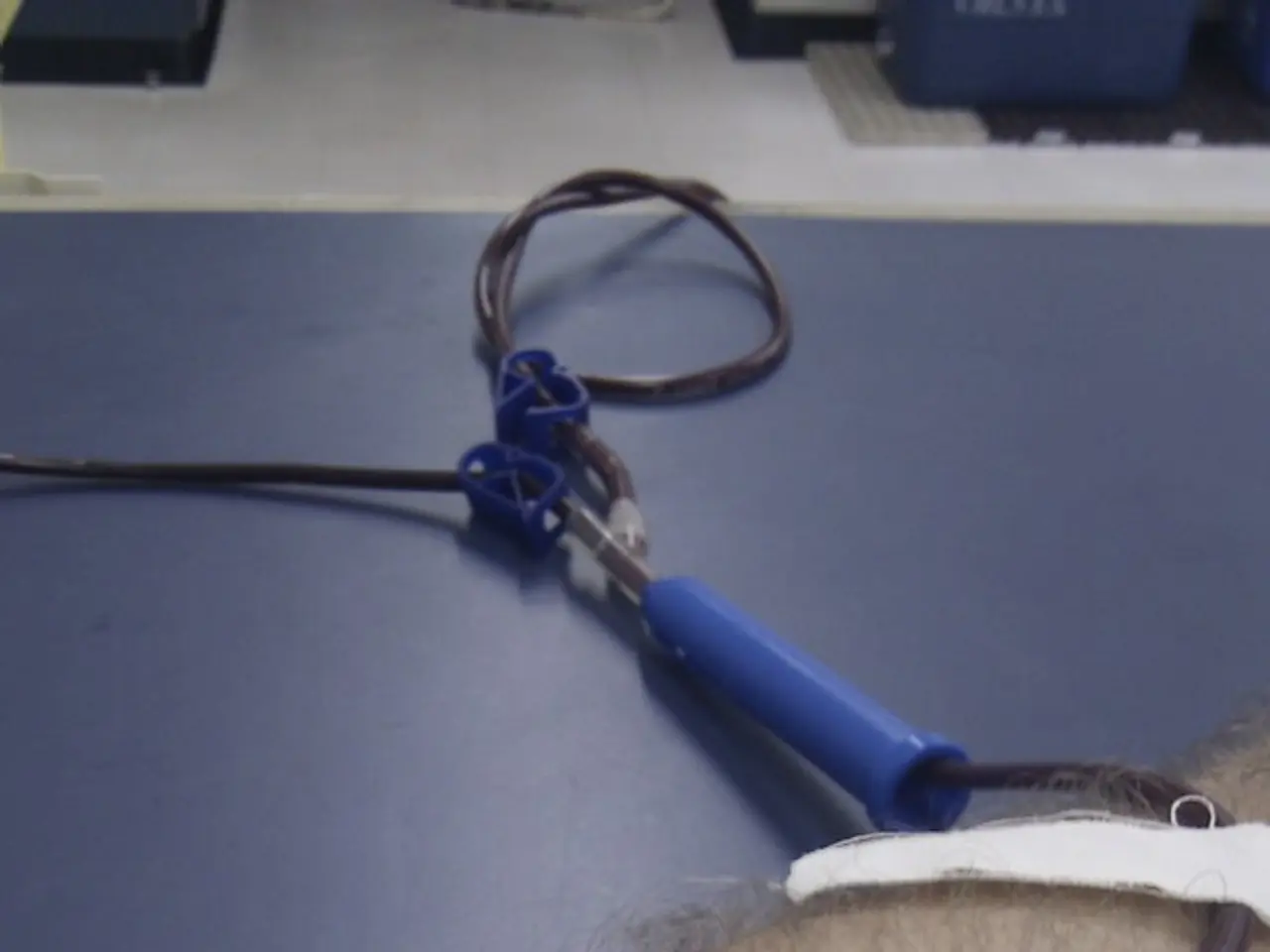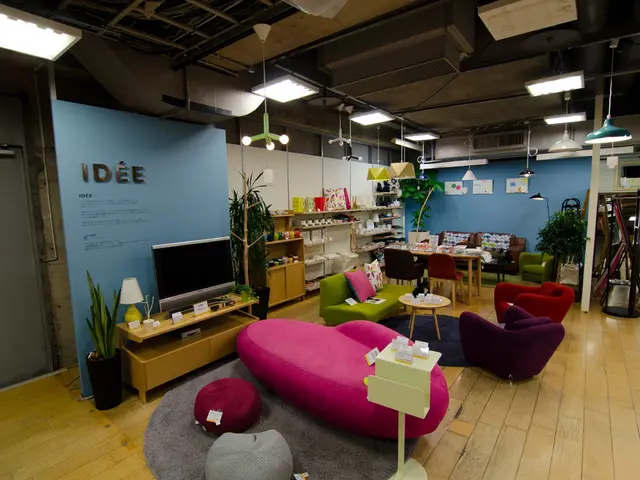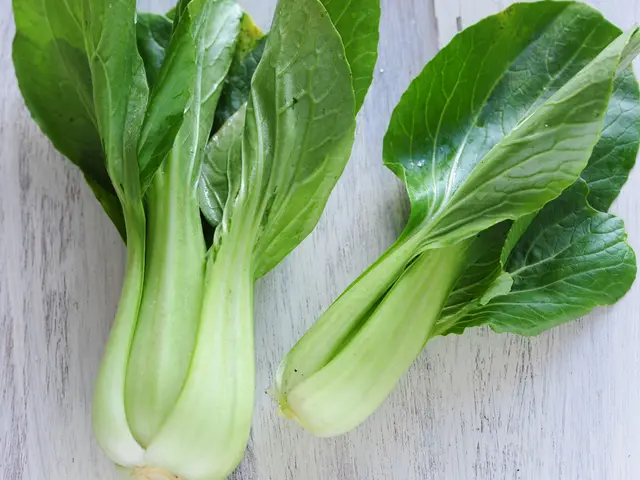Tutorial on Creating Accurate Facial Molds
Creating a Detailed Face Cast Using Alginate and Plaster
Making a detailed face cast using alginate and plaster can be an exciting project for artists and enthusiasts alike. Here's a step-by-step guide to help you prepare for this process.
Gathering Necessary Materials
To start, you will need the following items:
- Alginate powder (skin-safe molding material)
- Cold water (for mixing alginate)
- Plaster bandages (to strengthen mold)
- A bucket or mixing bowl
- Stirring utensil (e.g., spatula)
- Petroleum jelly or barrier cream (to protect skin and hair)
- Towels, plastic sheeting, or bin bags to protect surfaces
- Cotton wool or gauze (optional, for helping plaster stick)
- A chair for the person being cast ("castee")
Preparing the Work Area
Cover your working table, floor, and nearby areas with plastic sheeting or bin bags to catch spills and ease cleanup. Arrange all materials within easy reach, and have towels ready for cleanup and wiping the castee afterward.
Preparing the Castee
Tie the castee's hair back and cover the hairline with petroleum jelly or barrier cream to prevent alginate from sticking. Apply petroleum jelly around the face, especially eyebrows and facial hair, to ease mold removal. Make sure the castee is seated comfortably and can breathe through their nose easily.
Mixing and Applying Alginate
Mix alginate powder with cold water in the recommended ratio, stirring quickly to a smooth consistency before color change (alginate often changes color as it sets, e.g., pink to grey). Quickly apply or have the castee dip their face into the alginate mixture to capture fine details. Add small pieces of cotton wool to the alginate surface every square inch if applying stronger plaster later, to help it adhere. Work swiftly, as alginate sets rapidly (usually a few minutes).
Strengthening the Alginate Mold with Plaster Bandages
Once alginate sets on the face, apply plaster bandages over it to create a hard support shell. Smooth and form the plaster bandages carefully without damaging the alginate. Allow plaster bandages to partially dry; complete drying after mold removal is ideal.
Removing the Mold
Carefully remove the plaster-shell mold and alginate from the face, avoiding excessive force. Alginate molds are fairly delicate and should be handled gently when removed. Remove any residual petroleum jelly or bits of alginate from the castee’s face and hair.
Disposing of Materials Safely
Avoid rinsing large amounts of alginate or plaster down the drain as they can clog plumbing. Alginate waste can usually be disposed of in regular trash once dry. Plaster bandages must be disposed of carefully; dry solid scraps can go to trash, and liquid plaster waste should not be poured into drains. Clean all tools and surfaces with water and towels; discard used cotton wool and plastic coverings properly.
Following these steps ensures a detailed and safe face cast using alginate and plaster. To ensure the best results, remember to read the plaster package instructions thoroughly, and when applying alginate to the face, it's important to ensure that the nostrils remain open and that the mixture is applied evenly. Good luck with your face casting project!
- Creating a face cast is not only an interesting endeavor for artists but also for individuals interested in health-and-wellness, as it can provide insight into specific medical-conditions or skin-care issues that may require therapies-and-treatments.
- When considering the lifestyle aspects of this project, proper precautions should be taken when handling and disposing of materials, such as keeping food-and-drink away from the work area and ensuring there is proper ventilation, as plaster may produce dust.
- To incorporate fashion-and-beauty into your face casting project, place a focus on the finished product's design and use the mold to create a mask or jewelry accessory.
- The home-and-garden extension of this project involves using the face cast to create impressions of various household items, such as keys, coasters, or even custom-made soap molds, to showcase your hobby and add personalized touches to your living space.




